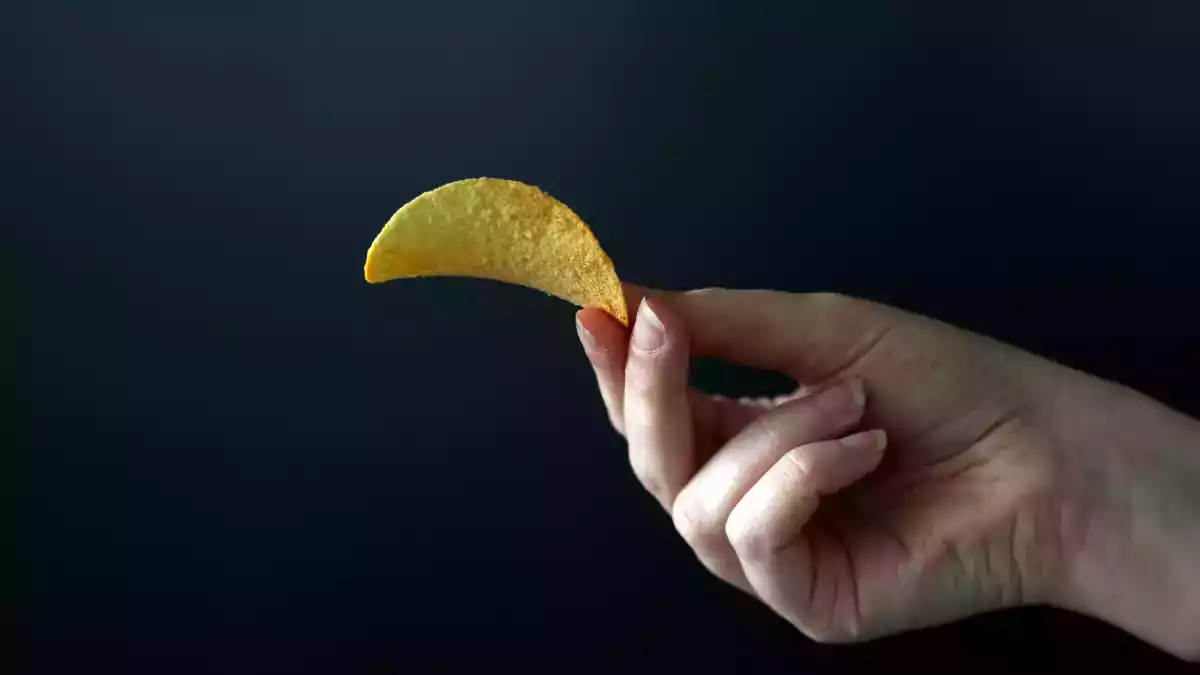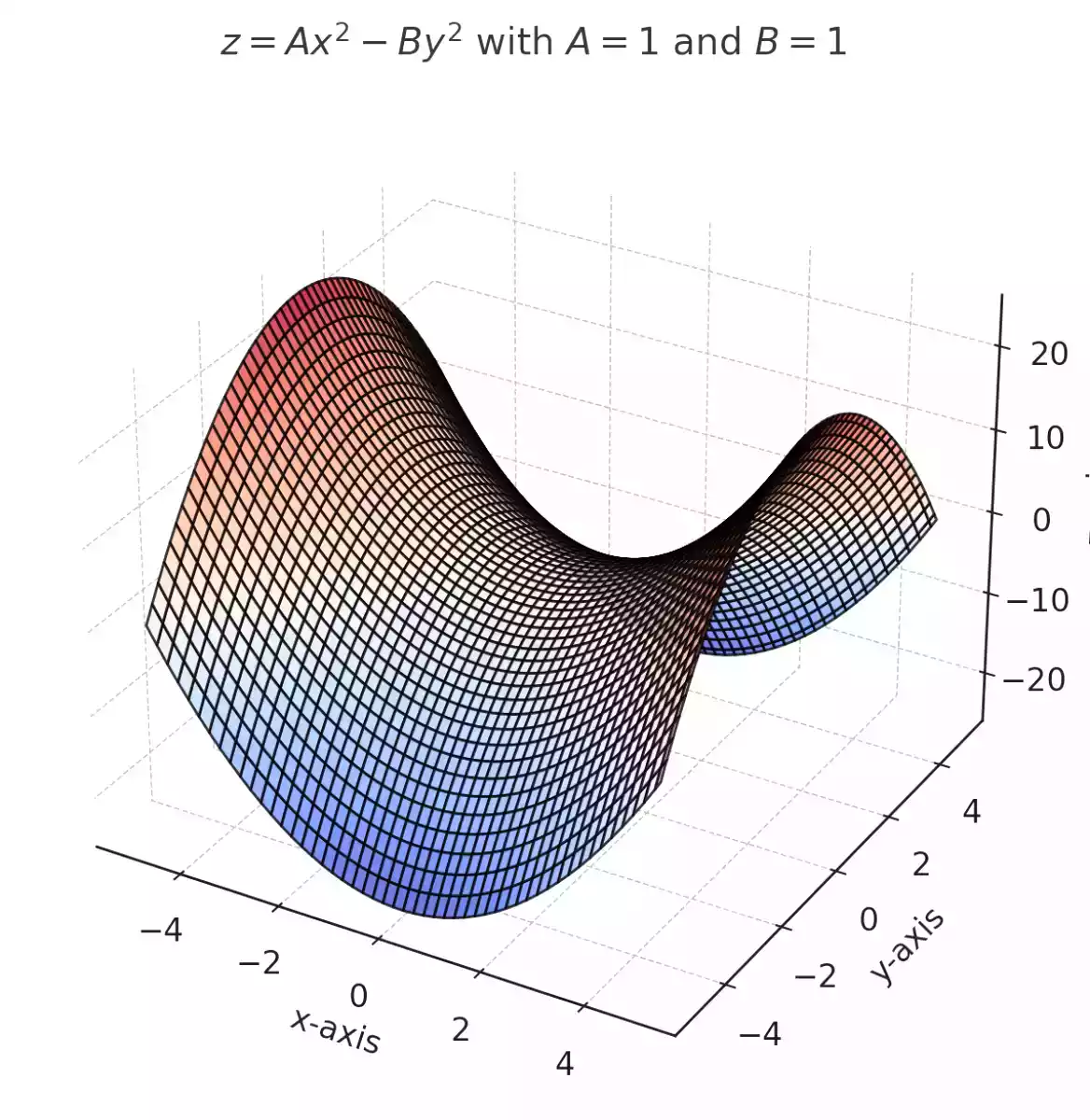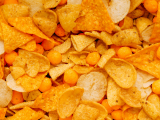Pringles: the surprising reason behind their unique shape

When we think of Pringles, it is impossible not to notice their iconic and unmistakable shape: an elegant curve designed with such precision that each potato chip fits perfectly into the other. But what many people do not know is that this shape is not the result of chance, but rather the result of refined mathematical work that revolutionized the way snacks are designed.
Does the shape of Pringles have a name: hyperbolic paraboloid?

The shape of Pringles is known in the field of mathematics as a hyperbolic paraboloid (source: interestingengineering.com). This particular surface has a double curvature, clearly distinguishing it from more familiar shapes such as the sphere or cylinder. A hyperbolic paraboloid can be imagined as a structure that bends outward, similar to a horse's saddle, with one side concave and the other convex, giving it its peculiar geometry.
Why do Pringles have this shape?
The Pringles design was born out of a need to overcome some of the limitations of classic potato chips. Pouch chips tend to break easily and often take up more space than necessary, leaving pouches half full. Researchers at Procter & Gamble, the company that developed Pringles, wanted to create a potato chip that was uniform, durable, and easy to pack. The answer was the hyperbolic paraboloid.
According to substack.com, it took about two years of work to perfect this design, involving mathematicians, engineers and food designers. The result was an innovative product, both aesthetically and functionally.
What are the advantages of the Pringles shape?
- Reduced break age: Traditional potato chips break easily during transport. The double curvature of the hyperbolic paraboloid gives Pringles greater mechanical strength.
- Space optimization: Thanks to the uniform shape, Pringles can be stacked perfectly inside the tube, reducing wasted space and minimizing the environmental impact of packaging.
- Improved eating experience: Each Pringles is identical to the next, ensuring a quality and uniform feel on the palate.
Mathematics and the food industry: the Pringles case
Pringles are a prime example of how math can be surprisingly useful even in the world of food. In fact, their unmistakable shape is not just a hallmark of the brand, but a true engineering solution. Thanks to a special geometric shape, Pringles stack perfectly in the tube, preventing them from breaking and optimizing space. A brilliant idea that demonstrates how science and design can work together to create innovative and functional products. And who knows how many other everyday objects could be improved with a dash of math!
You might also be interested in:
 Daniele Mainieri
Daniele Mainieri

Comments